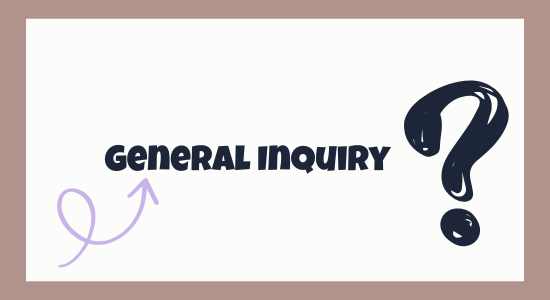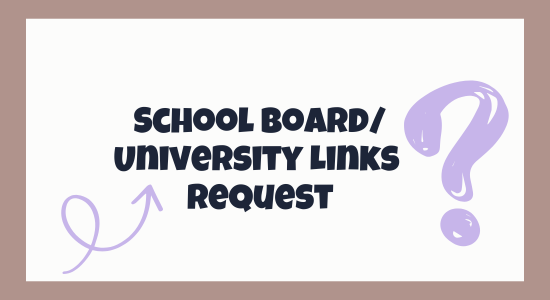
From Idea to Impact: How to Choose the Perfect Project for You
Problem: The Struggle of Choosing the Right Project
Every year, thousands of entrepreneurs, professionals, and students embark on new projects. But here’s the catch: most of them don’t succeed. According to a report by the Project Management Institute, only 58% of projects fully meet their original goals and business intent. That means almost half of the projects either fail, underperform, or get abandoned.
The reason? Many people choose projects based on excitement rather than a structured decision-making process. They start with high enthusiasm, only to realize later that the project doesn’t align with their skills, resources, or long-term goals. This leads to wasted time, money, and energy.
If you’ve ever found yourself jumping into a project only to struggle with maintaining motivation or seeing results, you’re not alone. The good news? There’s a proven way to select a project that increases your chances of success while ensuring you enjoy the journey.
Agitation: The Cost of Choosing the Wrong Project
Let’s consider a real-life example: In 2015, a young entrepreneur, John, decided to launch a mobile app. He had an exciting idea for a fitness tracking app with social features. The problem? He had no technical background, no market research, and no clear business model. Within a year, after spending $25,000 of his savings on development, the project collapsed. The app had no real demand, and John couldn’t sustain the operations.
Contrast this with Sarah, another entrepreneur in the same year. Instead of jumping straight into development, she spent three months validating her idea. She interviewed potential users, tested demand through a landing page, and built a minimum viable product (MVP) with a $2,000 budget. Her approach led to a profitable business within two years, eventually growing into a six-figure company.
The difference? Sarah chose her project strategically, while John picked his based on excitement alone.
Choosing the wrong project doesn’t just mean losing money. It also means lost time, missed opportunities, and frustration. If you want to avoid these pitfalls, you need a structured approach.
Solution: A Step-by-Step Process to Choose the Perfect Project
The best projects are not just exciting but also viable, aligned with your strengths, and designed for long-term success. Here’s a step-by-step guide to help you choose the right project.
Step 1: Define Your Goals and Priorities
Before evaluating any project, clarify what you want to achieve. Ask yourself:
- Are you looking to make money, build a personal brand, or gain experience?
- Do you want a short-term project (3-6 months) or a long-term commitment (years)?
- How much time, energy, and money are you willing to invest?
For example, if your main goal is financial stability, a project with a clear revenue model is more suitable than one requiring years of development before making money. If you seek skill development, choose something that challenges you without overwhelming you.
Step 2: Identify Your Strengths and Resources
A project that plays to your strengths has a higher chance of success. Consider:
- Your skills: Are you good at marketing, design, coding, writing, or operations?
- Your network: Do you have connections who can support your project?
- Your financial resources: Can you afford to bootstrap, or do you need investors?
A study by CB Insights found that 42% of startups fail due to a lack of market need, but another major reason is “not the right team” (23%). Picking a project that aligns with your skills and available resources gives you an edge.
Step 3: Research and Validate Your Idea
Instead of assuming your idea is great, validate it. Ways to do this include:
- Conducting surveys or interviews with potential users
- Creating a simple landing page and running ads to test interest
- Checking demand using tools like Google Trends, Amazon Best Sellers, or social media discussions
In a case study from Harvard Business Review, a startup founder tested her idea by launching a crowdfunding campaign. The campaign helped her gauge interest before investing heavily in production. The result? She avoided a costly mistake and refined her product based on real user feedback.
Step 4: Assess Market Demand and Competition
Even the best idea can fail if the market isn’t ready. Before committing, analyze:
- How big is the market for your idea?
- Are there existing competitors, and how successful are they?
- What unique value can you offer?
Consider the story of Airbnb. When the founders first launched, they struggled because people weren’t used to renting out their homes to strangers. Instead of quitting, they focused on early adopters—conference attendees who needed short-term stays. This targeted approach helped them gain traction before expanding.
Step 5: Test with a Small Pilot Project
Instead of going all-in, start with a pilot version of your project. Examples:
- If launching an online course, start with a small workshop.
- If developing software, create an MVP with core features.
- If starting a service business, take on a few clients before scaling up.
A famous example is Dropbox. Instead of building the full software upfront, they created a simple explainer video showcasing the product idea. The video attracted thousands of early sign-ups, proving demand before heavy investment.
Step 6: Evaluate Feasibility and Risks
No project is risk-free, but you can minimize failures by asking:
- What are the biggest challenges, and how can I mitigate them?
- What is the worst-case scenario, and can I handle it?
- What will success look like in 6-12 months?
Many startups fail due to financial mismanagement. A study by CB Insights found that 29% of failed startups ran out of cash. Proper planning, budgeting, and risk assessment can prevent this.
Step 7: Make a Decision and Commit
Once you’ve gone through these steps, pick the project that scores highest on:
- Personal interest and passion
- Market demand
- Feasibility with your skills and resources
- Long-term growth potential
Avoid the mistake of overanalyzing. At some point, you need to take action. The key is starting small, learning from feedback, and iterating as you go.
Final Thoughts: Turn Your Idea into Impact
Choosing the right project isn’t about luck—it’s about strategy. By following a structured process, you can avoid wasted effort and focus on something that truly aligns with your goals and abilities.
Remember:
- Passion alone isn’t enough; market demand and feasibility matter.
- Testing before committing fully reduces risk.
- Small, validated steps lead to sustainable success.
Many successful businesses and personal projects started with simple, validated ideas. Whether you’re launching a startup, writing a book, or building a side hustle, the right choice can set you up for long-term impact.
So, what will your next project be?
Check out this blog post for inspiration: Top 10 Project Ideas You Can Use for School (and Your Portfolio).
0 Comments
-
Comments will be injected here via JS












Post a Comment